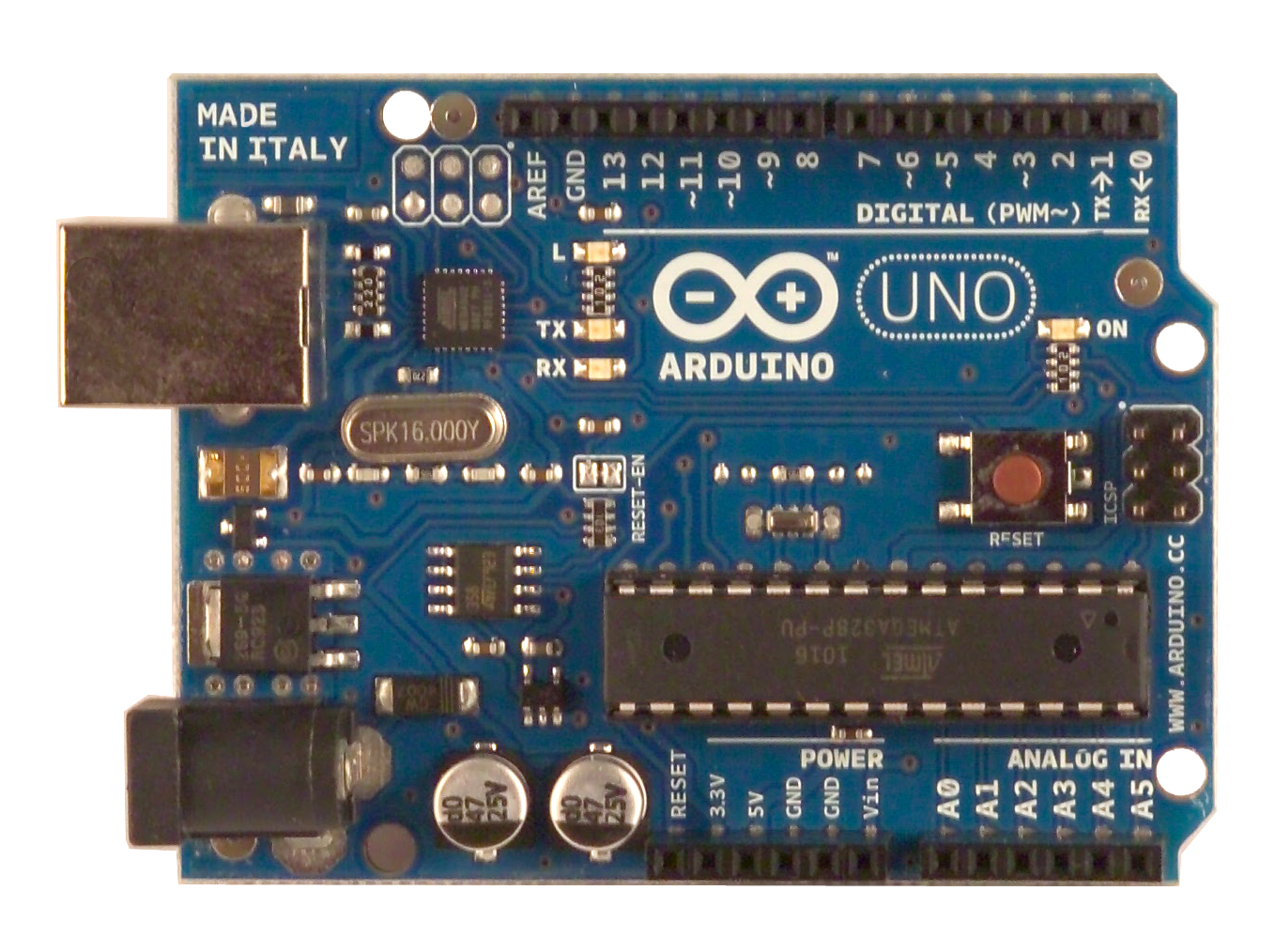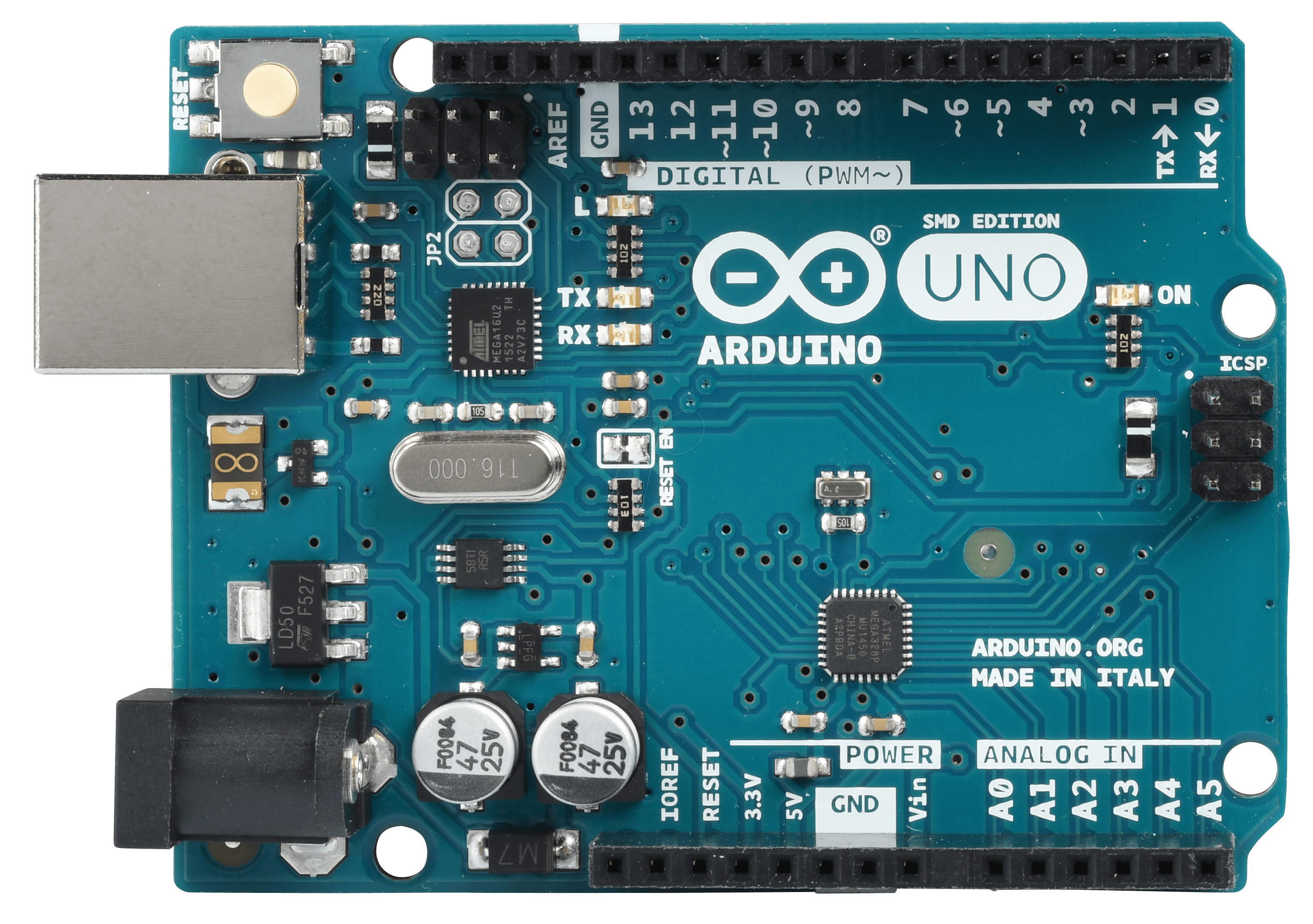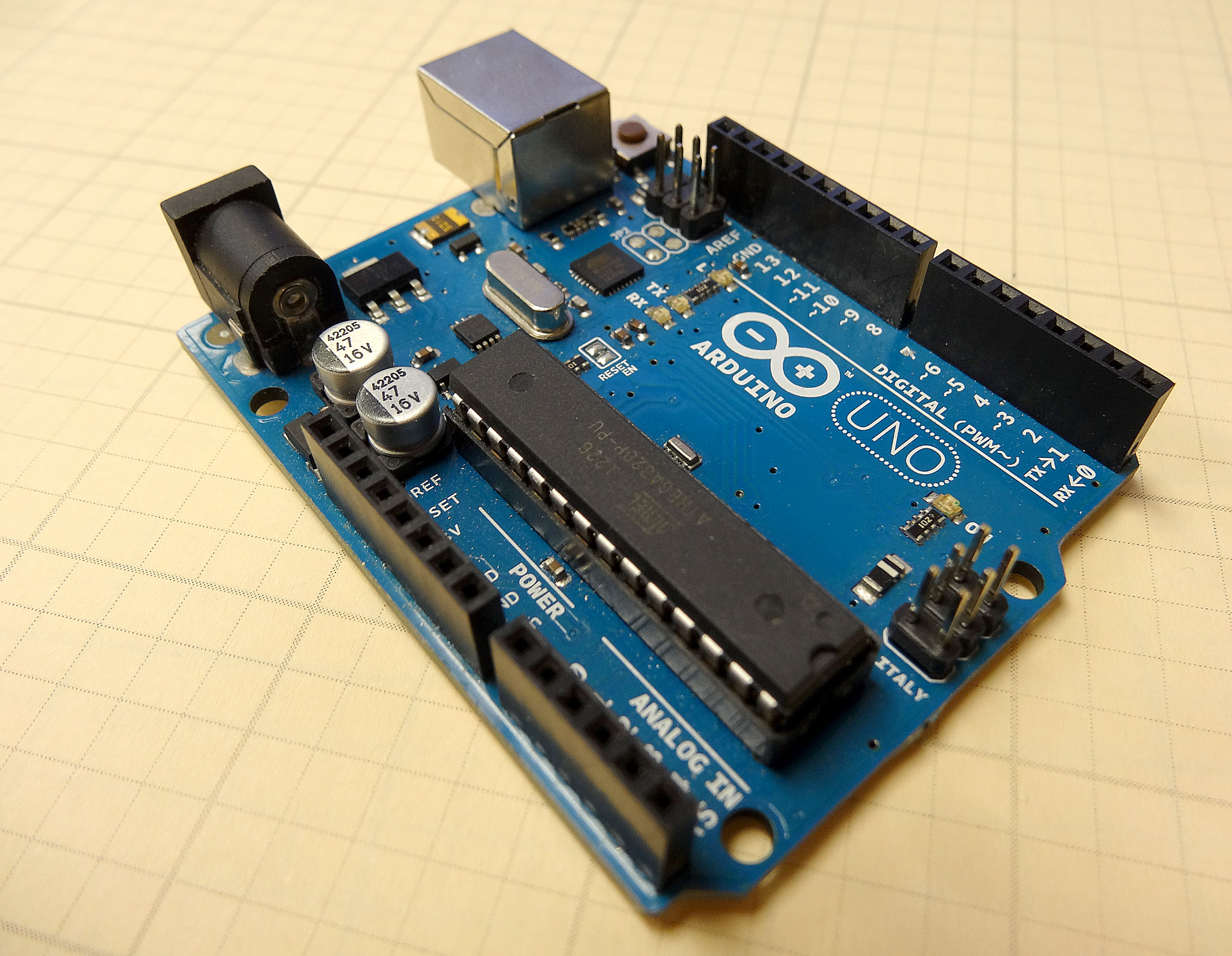Arduino Web Editor Plugin - Your Cloud-Based Coding Friend
Are you looking for a way to make your Arduino projects a little less complicated, perhaps even a bit more accessible from anywhere? Well, as a matter of fact, many folks who enjoy tinkering with electronics often find themselves dealing with software installations and keeping everything up-to-date on their own computers. It can be a bit of a chore, especially when different operating systems or specific software parts, like certain versions of system libraries, start to cause hiccups.
Sometimes, you might even run into situations where your local Arduino programming environment doesn't tell you about newer versions, even if you try to check for them yourself. This can leave you wondering if you're using the most current tools. Or, maybe you've tried to get a new component working, like an SD card adapter for collecting information, only to find that getting the necessary software pieces in the right spot on your computer is a bit of a puzzle.
This is where a solution like the arduino web editor plugin comes into the picture, offering a different approach to how you work with your favorite little boards. It aims to smooth out some of those common bumps in the road, making the whole process of creating and uploading code a much smoother experience, you know?
- Discovering Kordell How Tall Is Kordell Love Island
- Exploring The Life And Journey Of Deiondra Sanders
- Lee Majors The Iconic Actor Who Defined A Generation
- Mastering The Nyc Subway A Guide To Using Subway Entrances With A Suitcase
- Unraveling The Mystery Why Did The Derricos Divorce
Table of Contents
- What Makes the Arduino Web Editor Plugin a Good Idea?
- How Does the Arduino Web Editor Plugin Handle Updates and Libraries?
- Is the Arduino Web Editor Plugin Right for Everyone?
- Getting Started with the Arduino Web Editor Plugin
- Setting Up the Arduino Web Editor Plugin on Your Computer
- Working with Sketches in the Arduino Web Editor Plugin
- What if I Have Specific Code Challenges with the Arduino Web Editor Plugin?
- Looking Ahead with the Arduino Web Editor Plugin
What Makes the Arduino Web Editor Plugin a Good Idea?
For many who enjoy building things with microcontrollers, the thought of setting up a local programming environment can feel like a rather big task. You have to download software, then install it, and then make sure all the right drivers are in place. Sometimes, you might even run into issues where your computer's operating system, like certain versions of Linux, has specific requirements for the tools you use. This can lead to unexpected problems, making it a bit frustrating to even get started. The arduino web editor plugin, however, offers a way around these kinds of desktop-bound worries. It lets you write and upload code directly from your internet browser, meaning less fuss with local software setups and more time actually building your projects, you know?
One of the really nice things about this online approach is that it tends to keep everything current for you. Unlike desktop applications that might not always tell you when a new version is available, even if you manually check, a web-based tool usually updates itself without you having to lift a finger. This means you are more or less always working with the most recent features and bug fixes, which can make a real difference in how smoothly your projects come together. It removes the need to constantly monitor for software updates or worry about compatibility issues between different software parts, which is quite a relief for many users.
Think about the convenience of being able to work on your projects from any computer with an internet connection. Whether you're at home, at a friend's place, or even at a local library, your code is right there, waiting for you. This kind of flexibility is something that a traditional desktop application just can't offer in the same way. It also means that your project files are stored safely online, so you don't have to worry about losing your work if something happens to your computer. It’s a bit like having your own personal coding workshop that travels with you, virtually speaking.
- Unveiling The Life Of Justin Gatlins Wife A Journey Beyond The Finish Line
- Exploring Chappel Roans Heights A Journey Through Talent And Triumph
- Exploring The Lives Of Gilbert Arenas Kids
- Exploring The Life Of Michael Keatons Son
- Unveiling The World Of Dylan Bratz The Iconic Doll That Redefined Fashion
How Does the Arduino Web Editor Plugin Handle Updates and Libraries?
When you're working with the arduino web editor plugin, one of the first things you might notice is how different it feels compared to managing software on your own computer. For instance, with a desktop program, you might find yourself wondering why newly installed code libraries aren't showing up where you expect them to, perhaps in a specific folder on your hard drive. This can be a bit confusing, especially if you're new to programming or if you've had some previous experiences that led to unusual file arrangements. With the web editor, this kind of local file management concern simply goes away.
The web editor takes care of keeping everything up to date for you, which is actually a pretty big deal. You won't have to manually check for new versions or deal with the process of downloading and installing them. This means you can focus more on creating your projects and less on the background work of maintaining your programming environment. It's like having a helpful assistant who makes sure all your tools are always sharp and ready to go, so you don't have to worry about whether your software is current enough to work with the newest boards or components.
Managing code libraries, those collections of pre-written code that help you do things like control specific sensors or communicate with other devices, is also much simpler with the arduino web editor plugin. Instead of having to figure out where to put them on your computer or dealing with permissions issues, the web editor handles all of that for you in the cloud. This means that when you need a particular library for your project, it's usually just a few clicks away, ready to be included in your code without any fuss about file paths or installation directories. It removes a common point of frustration for many people who are just getting started or who prefer to keep things as straightforward as possible.
Is the Arduino Web Editor Plugin Right for Everyone?
While the arduino web editor plugin offers a lot of convenience, it's fair to ask if it's the best fit for every single person who wants to build things with microcontrollers. Some folks might prefer having all their tools installed directly on their computer, giving them a sense of complete control over their programming environment. They might like the idea of being able to work offline, for example, or having direct access to all the underlying files and settings. This is a perfectly valid preference, and for those users, the traditional desktop programming environment might still be the preferred choice.
However, for many others, especially those who are just starting out or who don't want to deal with the ins and outs of software installation and maintenance, the web editor is a really appealing option. It simplifies the setup process significantly, making it much easier to get to the fun part of coding and building. It's particularly helpful for people who might be using different computers often, or who just want a straightforward way to keep their projects organized and accessible from anywhere. So, in some respects, it really depends on what you value most in your coding setup.
Consider, too, how it makes sharing and collaborating on projects a bit easier. Since your code lives online, it can be simpler to share your work with others or get help from a community. This aspect can be quite beneficial for learning and for working on group projects, as everyone can access the same version of the code without having to manually send files back and forth. It creates a more connected way of working, which can be very helpful for people learning to code or for those who like to work together on ideas.
Getting Started with the Arduino Web Editor Plugin
If the idea of a cloud-based programming environment sounds good to you, getting started with the arduino web editor plugin is actually quite simple. The first step usually involves visiting the official website where the web editor is hosted. You'll typically need to create an account, which is a pretty standard process, much like signing up for any other online service. This account will be where your projects are stored, so you can access them from different devices whenever you need to. It's a way to keep all your creative work organized in one place, ready for you to pick up where you left off.
Once you have your account set up, the web editor will guide you through the process of installing a small piece of software on your computer. This little program, sometimes called an agent or a plugin, is what allows your web browser to communicate with your physical Arduino board. It's the bridge that lets your online code be uploaded to your device. This step is usually straightforward, and the instructions provided are typically clear enough for anyone to follow, even if they're not super familiar with installing computer programs.
After that small program is installed, you're pretty much ready to go. You can then connect your Arduino board to your computer using a USB cable, and the web editor should be able to see it. From there, you can start writing your code, experimenting with examples, and uploading your creations to your board. It really streamlines the initial setup process, removing many of the common hurdles that people face when they first try to get their Arduino environment working.
Setting Up the Arduino Web Editor Plugin on Your Computer
To make the arduino web editor plugin work with your physical boards, you'll need to install a small helper application on your computer. This application is often referred to as the "Arduino Create Agent" or a similar name. It's basically a background program that runs on your machine and allows the web-based editor to talk to the USB ports where your Arduino boards are connected. This connection is what makes it possible to upload your code from the cloud directly to your hardware.
The process for getting this helper installed is typically very guided. When you first visit the web editor in your browser, it will usually detect if the agent is missing and then provide you with clear instructions and a download link. You just follow the prompts, much like installing any other program. Once it's installed and running, it usually sits quietly in your computer's system tray or menu bar, ready to do its job whenever you open the web editor. This setup is designed to be as fuss-free as possible, so you can get to coding without much delay.
It's worth noting that this agent is the only piece of software you'll need to install locally for the arduino web editor plugin to function. You won't need the full desktop IDE, nor will you have to worry about specific library paths or operating system dependencies like those sometimes encountered with different Linux versions. This single, small installation takes care of the local communication, letting the web editor handle everything else in the cloud, which simplifies things quite a bit for the user.
Working with Sketches in the Arduino Web Editor Plugin
Once you have the arduino web editor plugin set up, actually writing and managing your code, often called "sketches" in the Arduino world, becomes a very smooth process. The online interface is designed to be user-friendly, with a layout that feels familiar to anyone who has used a code editor before. You'll find areas for writing your code, a place to see messages from the system, and options for saving and uploading your work. It's all laid out in a way that encourages you to focus on your project rather than getting lost in menus.
One of the nice features is how easily you can access and manage your code libraries. If you're trying to do something specific, like collect information from a sensor and save it to an SD card for the first time, you'll likely need a particular library to help with that. With the web editor, finding and including these libraries in your project is usually just a matter of searching within the editor itself and adding them with a click. You don't have to worry about where they are stored on your computer, which can sometimes be a bit of a headache for new users.
You can also work with common programming concepts, like using time-based functions such as `millis()` to manage different parts of your program without stopping everything, or using conditional statements like `if` to make decisions in your code. For instance, if you want your program to do something only when a sensor reading is between 100 and 140, you can express that logic clearly. The web editor provides a consistent environment for these kinds of programming tasks, making it simpler to apply these ideas in your own projects. It helps to make embedded systems a bit more approachable for everyone, which is the whole point, really.
What if I Have Specific Code Challenges with the Arduino Web Editor Plugin?
Even with a streamlined tool like the arduino web editor plugin, you might occasionally run into specific coding challenges or messages that seem a bit puzzling. For example, if you're trying to generate a simple signal for controlling something, and you get a message saying that a function like 'ledcsetup' was not recognized, it can feel a little confusing. These kinds of messages usually mean that a particular function or setting isn't quite right for the board you're using or the way you've set up your code.
When these situations come up, the web editor itself often provides helpful messages that can point you in the right direction. Plus, because it's a widely used tool, there's a good chance that someone else has encountered a similar issue before. You can often find answers by looking through community forums or documentation related to the arduino web editor plugin and your specific board, like an ESP32. These resources are full of people who are happy to share their experiences and solutions, which is quite helpful.
It's also worth remembering that the core programming concepts, like using `if` statements to control program flow or understanding how to manage different parts of your code with functions, remain the same regardless of whether you're using a web editor or a desktop one. So, if you're trying to figure out how to make a decision in your code based on a value, like "if a value is greater than 100 and less than 140, then do this," the approach will be consistent. The web editor simply provides a consistent and accessible place to put those ideas into practice, which is really what matters.
Looking Ahead with the Arduino Web Editor Plugin
The ongoing development of tools like the arduino web editor plugin shows a clear direction towards making electronics and programming more approachable for everyone. As more people become interested in creating their own smart devices and interactive projects, having a programming environment that is easy to get started with and simple to maintain becomes increasingly important. This kind of online tool helps to remove many of the initial barriers that might otherwise discourage new enthusiasts from exploring the world of physical computing. It's a way to ensure that the joy of building is accessible to a wider audience, which is a pretty good goal.
As these web-based tools continue to evolve, we can probably expect even more features and greater integration with other services. Imagine even smoother ways to share your projects, collaborate with others, or access a wider range of pre-built examples and community-contributed code. The idea is to create an ecosystem where learning and creating are as intuitive as possible, allowing people to spend more time on their actual ideas rather than on technical setup. It points to a future where getting your project from an idea to a working prototype might be simpler than ever before.
Ultimately, the arduino web editor plugin represents a step forward in how we interact with our hardware projects. It offers a convenient, always-up-to-date, and accessible way to bring your creative ideas to life. For those who value ease of use and flexibility, it provides a compelling alternative to traditional desktop software, allowing you to focus on the fun and rewarding aspects of building with microcontrollers.
- Nara Smiths Parents A Journey Through Family Roots
- Unraveling Chris Cuomos Marital Journey Who Has Chris Cuomo Been Married To
- Discovering The Age Of Lil Baby A Journey Through His Life And Career
- Keanu Reeves And His Beloved Partner Exploring The Life Of Keanu Reeves Wife
- Exploring The Exquisite Camaro Zl1 Interior

What is Arduino? « Barr Code

ARDUINO UNO: Arduino Uno, Rev. 3, ATmega328, USB at reichelt elektronik

Arduino forum - freeloadscodes